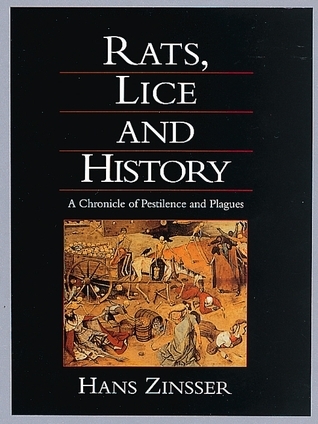What do you think?
Rate this book


301 pages, Hardcover
First published January 1, 1935
But then a Grand Duke was murdered at Serajevo and everybody lost their heads [...] And God was on everyone’s side. And when we had all gone to war and the stage was set, typhus woke up again.
Not everyone realizes that typhus has at least as just a reason to claim that it “won the war” as any of the contending nations. Many a French barroom fight might have been avoided if this had been clearly understood.